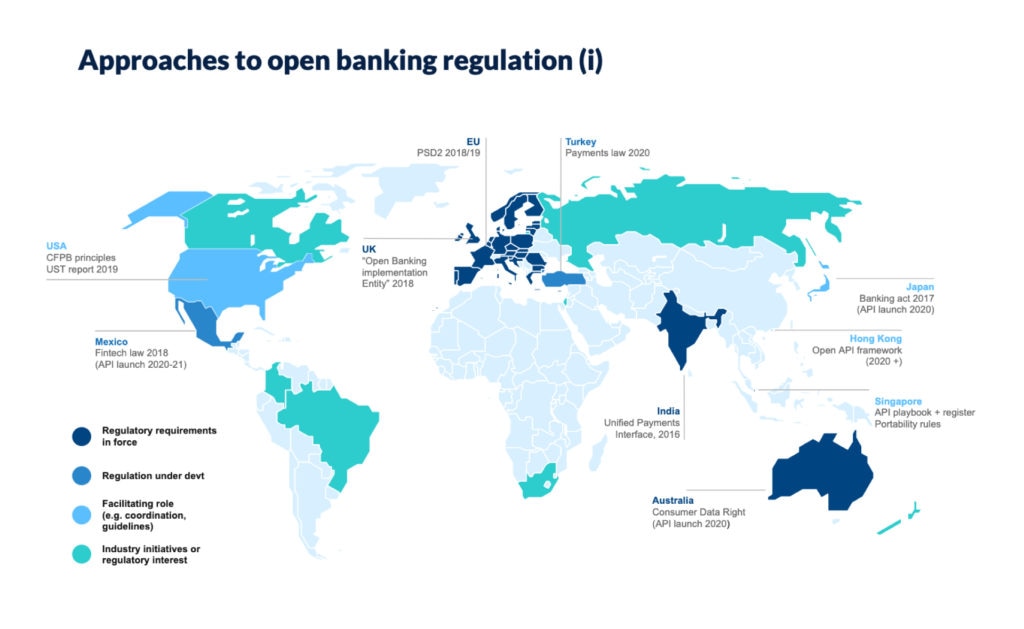
The Long Shadow: How Government Debt Impacts Future Generations – A Beginner’s Guide
Government debt. It’s a phrase we hear often in the news, but what does it really mean, and why should we care? For many, it sounds like a distant, abstract economic concept. However, understanding how government debt impacts future generations is crucial because it directly affects the world our children and grandchildren will inherit.
This long, SEO-friendly article will break down the complex topic of national debt into easy-to-understand terms, exploring its nature, its mechanisms, and the very real consequences it holds for those yet to come.
What Exactly is Government Debt? (Think of it Like a Big Loan)
Before we dive into its impact, let’s clarify what "government debt" is.
Imagine your household needs to buy a new car, renovate your home, or pay for an unexpected medical emergency. If you don’t have enough cash on hand, you might take out a loan – perhaps a car loan, a mortgage, or a personal loan. You promise to pay back the money, plus interest, over time.
A government works in a similar way, but on a much, much larger scale. Government debt, also known as national debt or public debt, is the total amount of money that a country’s government owes to its creditors. These creditors can be:
- Individuals: People who buy government bonds (like a savings certificate).
- Banks and Financial Institutions: Both domestic and international.
- Other Countries: Foreign governments that lend money.
- Central Banks: A country’s own central bank can hold government debt.
Why do governments borrow?
Governments borrow for various reasons:
- To fund public services: Like healthcare, education, defense, and social security, especially if tax revenues aren’t enough.
- To invest in infrastructure: Roads, bridges, public transport, energy grids – things that benefit the economy in the long run.
- To respond to crises: Wars, natural disasters, economic recessions, or global pandemics often require massive government spending to support citizens and businesses.
- To stimulate the economy: During downturns, governments might borrow to fund projects or provide aid to create jobs and boost demand.
In essence, government debt represents money borrowed today to cover spending that exceeds current tax revenues.
How Does Debt Get Passed Down to Future Generations?
This is the core question. When a government borrows money, it doesn’t just magically disappear. It has to be paid back. But who pays it back, and when?
Think of it like this: if you take out a loan today, you’re responsible for paying it back. If you take out a massive loan that you can’t possibly pay off in your lifetime, who ends up with the bill? Your children or grandchildren.
Here are the main ways national debt becomes a burden on future generations:
-
Higher Taxes: The most direct way debt is passed on. To pay back the principal (the original amount borrowed) and, more significantly, the interest on that debt, the government needs money. This money primarily comes from taxes. If debt levels are high, future generations will likely face:
- Increased income taxes: A larger portion of their earnings goes to the government.
- Higher sales taxes or VAT: Making everyday goods and services more expensive.
- New or increased property taxes, corporate taxes, etc.
- This means less disposable income for individuals and less profit for businesses, impacting their quality of life and ability to invest.
-
Reduced Public Services: When a large chunk of the government’s budget goes towards servicing debt (paying interest), there’s less money available for other essential services. Future generations might find:
- Less funding for education: Leading to larger class sizes, fewer resources, or higher tuition costs.
- Poorer infrastructure: Roads, bridges, and public transport systems might deteriorate due to underinvestment.
- Cuts to healthcare, scientific research, environmental protection, or social safety nets.
- This can lead to a lower quality of life and reduced opportunities compared to previous generations.
-
Slower Economic Growth and Fewer Opportunities: High levels of government debt can "crowd out" private investment. Here’s how:
- Higher Interest Rates: When the government borrows a lot, it competes with private businesses for available money in financial markets. This competition can drive up interest rates, making it more expensive for businesses to borrow money for expansion, innovation, or job creation.
- Reduced Private Investment: If borrowing is expensive, businesses invest less, which means fewer new factories, fewer research and development projects, and ultimately, slower economic growth.
- Lower Productivity: Without sufficient investment in new technologies and infrastructure, the economy becomes less efficient and less competitive globally, leading to lower wages and fewer high-paying jobs for future generations.
-
Intergenerational Inequity: This concept refers to the fairness of distributing resources and burdens across different generations. When current generations enjoy benefits (like extensive public services or tax cuts) funded by borrowing, they are essentially consuming resources that future generations will have to pay for. This raises ethical questions about whether it’s fair to saddle unborn citizens with a significant financial burden for benefits they didn’t directly receive.
-
Increased Vulnerability to Crises: A country with high debt levels has less "fiscal space" or flexibility to respond to new economic shocks or emergencies. If a recession hits, or a new pandemic emerges, the government might be limited in its ability to borrow more to stimulate the economy or provide aid, making the crisis worse for future generations.
-
Inflation: In some extreme cases, if a government struggles to pay its debt through taxes or borrowing, it might resort to printing more money. While this can temporarily alleviate the debt burden, it often leads to inflation – meaning the purchasing power of money decreases, and prices for goods and services rise. Future generations would find their savings are worth less and their everyday living costs are higher.
Are All Debts "Bad" Debts? (The Nuance)
It’s important to note that not all government borrowing is inherently negative. Just like a household might take out a mortgage for a home that appreciates in value, or a student loan for an education that leads to a higher income, some government debt can be considered "productive."
- Investment in Infrastructure: Borrowing to build modern roads, efficient energy grids, or high-speed internet can boost productivity, create jobs, and foster long-term economic growth. The benefits of these investments can outweigh the cost of the debt over time, benefiting future generations.
- Education and Research: Investing in schools, universities, and scientific research can lead to a more skilled workforce, technological advancements, and a more innovative economy. These benefits pay dividends for decades.
- Crisis Response: As mentioned, borrowing during severe economic downturns or national emergencies can prevent a deeper crisis and protect the long-term well-being of the population. The alternative (doing nothing) could be far more costly.
The key distinction lies between debt for consumption (paying for ongoing expenses without a future return) and debt for investment (funding projects that generate long-term economic benefits). While some debt is necessary and even beneficial, the concern arises when debt grows too large, is used primarily for consumption, or is not matched by sufficient economic growth to make it manageable.
What Can Be Done to Manage Government Debt?
Addressing the challenges of government debt requires a multi-faceted approach. While future generations will bear the consequences, current policy decisions can help mitigate the burden.
Here are some common strategies:
- Fiscal Responsibility:
- Spending Cuts: Reducing government expenditures in certain areas (though this can be politically difficult and unpopular).
- Tax Increases: Raising existing taxes or introducing new ones (also often unpopular).
- Balanced Budgets: Aiming to match government spending with tax revenues, reducing the need for new borrowing.
- Promoting Economic Growth:
- Investment in Productive Assets: Prioritizing spending on infrastructure, education, and research that can boost the economy’s long-term capacity.
- Pro-Growth Policies: Implementing policies that encourage business investment, innovation, and job creation, which in turn leads to higher tax revenues.
- Debt Management:
- Refinancing Debt: Taking advantage of low interest rates to borrow new money to pay off older, higher-interest debt, similar to refinancing a mortgage.
- Selling Assets: Governments can sell off state-owned enterprises or properties to generate revenue for debt reduction.
Conclusion: A Legacy of Responsibility
The issue of government debt and its impact on future generations is not just an economic debate; it’s a profound moral and intergenerational challenge. While borrowing can be a necessary tool for investment and crisis response, unchecked debt accumulation can cast a long shadow over the economic prospects and quality of life for our descendants.
Understanding this dynamic empowers us to engage in more informed discussions about fiscal policy, demand accountability from our leaders, and advocate for sustainable economic practices. The decisions made today regarding national debt will shape the world our children and grandchildren inherit, making it imperative that we consider the long-term consequences of our financial choices.



Post Comment